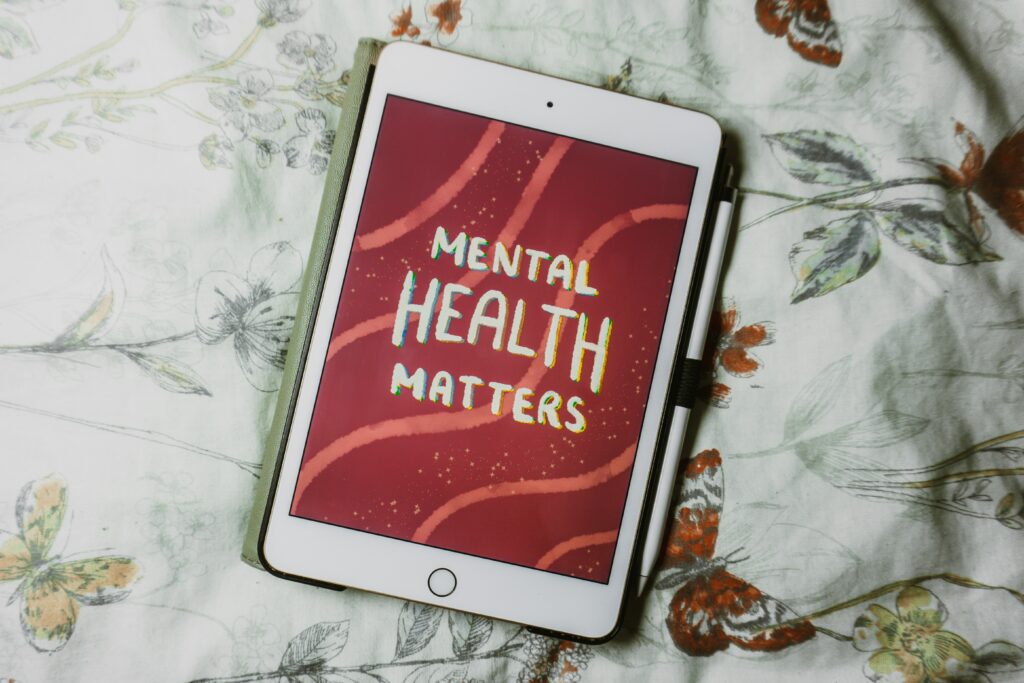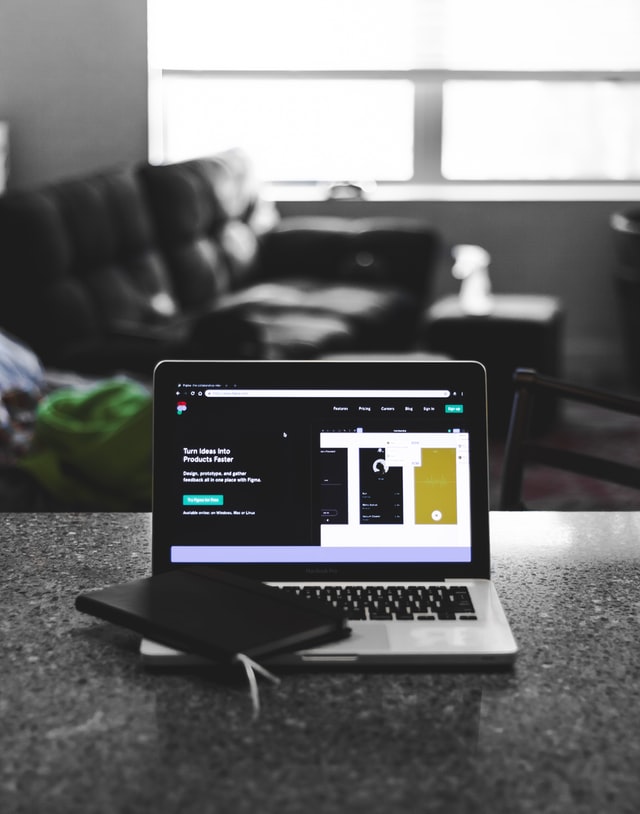Digital Detox: Tips to a Healthier Relationship with Technology

Whether that means looking at emails or scrolling social media, living our day-to-day lives truly relates to screens. A simple task, yet it creates addiction after a while. Connection all the time can, at moments when being smothered, become overwhelming, creating poor health, relationships, and productive endorphins. That’s where a digital detox comes in. A digital detox isn’t about abandoning technology but finding balance and making one take back control. Here are some workable tips for developing a healthy relationship with technology.
1. Set Clear Boundaries
Setting boundaries is one of the first steps toward a successful digital detox. Clearly define times when you will and won’t use your devices. For example, you may want to ban all screens during mealtimes or before bedtime. This helps decrease dependency on these gadgets and opens up time for other enriching activities.
2. Create Tech-Free Zones

Designate places in the house for no technology, like the dinner table or bedroom. This leads to more mindful interactions and really helps improve the quality of sleep by avoiding blue lights before bed.
3. Turn Off Notifications
Continuously generating notifications is a big source of distractions and stress. Switch all irrelevant alerts off, reducing hassle and recovering lost concentration. For updates that might be important to you, you are better off looking at those applications every so often rather than reaching for every ‘ping’ with some urgency.
4. Schedule Screen-Free Activities
Plan activities without a screen: read a book, go for a walk, or practice a hobby. In that manner, you will return to yourself and the world by undertaking activities offline.
5. Monitor Your Screen Time
Track screen time using apps or built-in tools. It can be easier to notice patterns, and then you may see where you overuse technology. Set daily limits for specific apps or categories that you tend to use too much.
6. Practice Mindful Tech Use

Be intentional with your use of technology. Before launching into your phone or the application, ask yourself this question: “Why am I going to do this? What am I intending to get out of it?” The practice cuts down on mindless swipes and builds deeper connections.
7. Unplug for a Day
Take the challenge by having a 24-hour detox from all digital gadgets. Decide on a day to go absolutely offline and spend quality time with family, nature, or introspection. This rest will be incredibly refreshing; you will come up with perspectives about your digital usage that were never thought of before.
8. Reassess Your Social Media Usage
Social media can be a double-edged sword: it connects us with other people, yet it can put so much pressure on ourselves to compare and stress our minds. Unfollow accounts that bring no value to your life and build a feed from those that inspire and uplift.
9. Establish a Morning and Evening Routine
Start and end your day without screens. Replace checking your phone first thing in the morning with activities like journaling, meditating, or stretching. Likewise, use calming activities that don’t involve technology to help you unwind in the evening.
10. Stay Accountable
Share your digital detox goals with a friend or family member who can help keep you responsible. Having a support system makes it easier to stick with your intentions and celebrate the little victories together.
The Benefits of a Digital Detox
Taking breaks from technology can lead to numerous benefits, such as improved mental clarity, better sleep, stronger relationships, and increased productivity. It’s not about completely eliminating technology but learning to use it in ways that enhance rather than hinder your life.
Apply these tips, and you will take control of your digital habits toward a much healthier and balanced relationship with technology. Remember, it is a journey, not a destination. Start small, be consistent, and enjoy the positive changes that follow.


No Responses